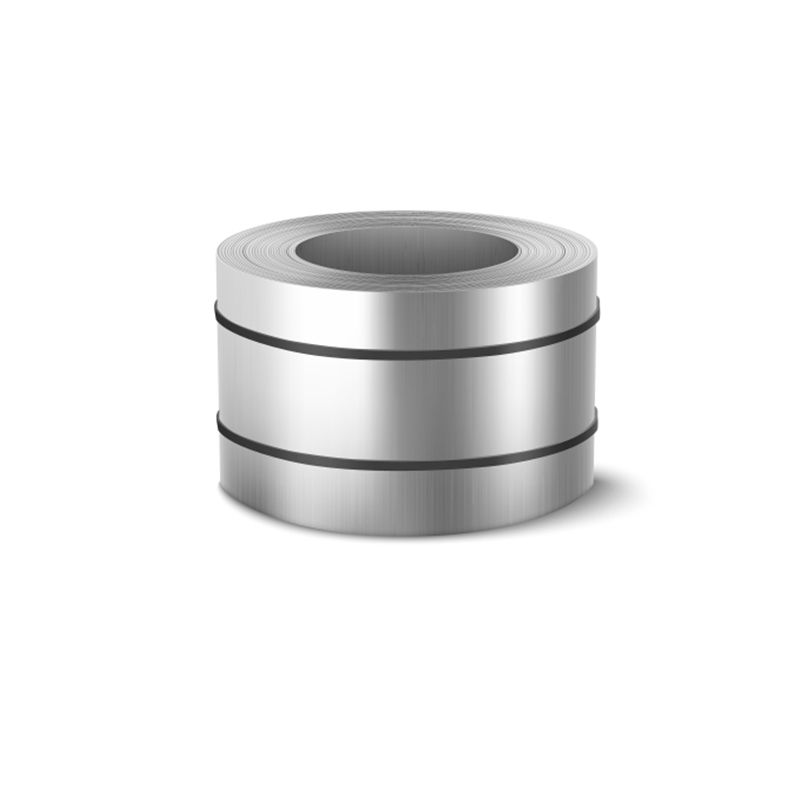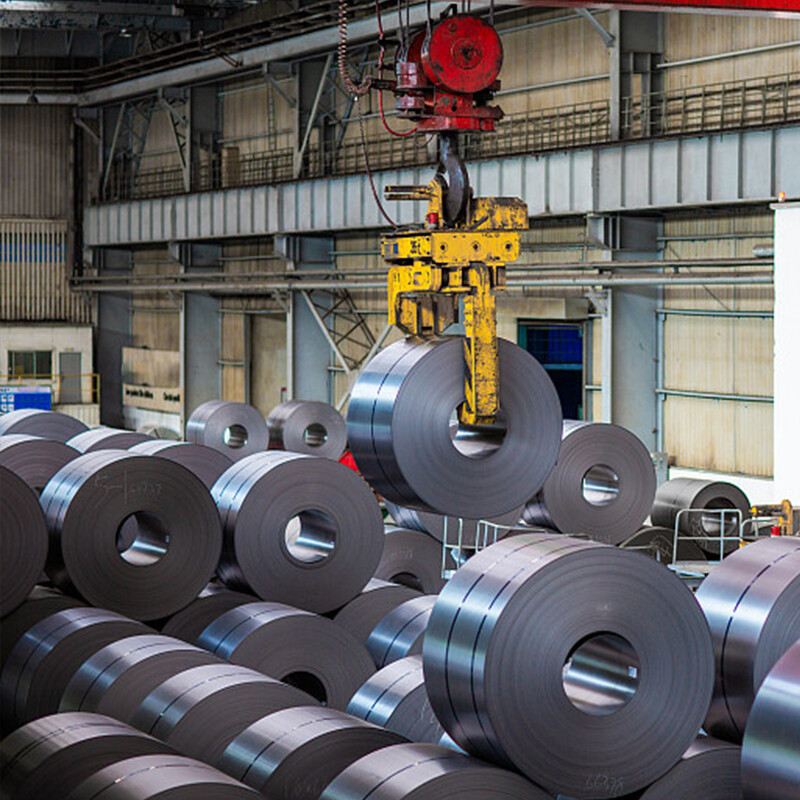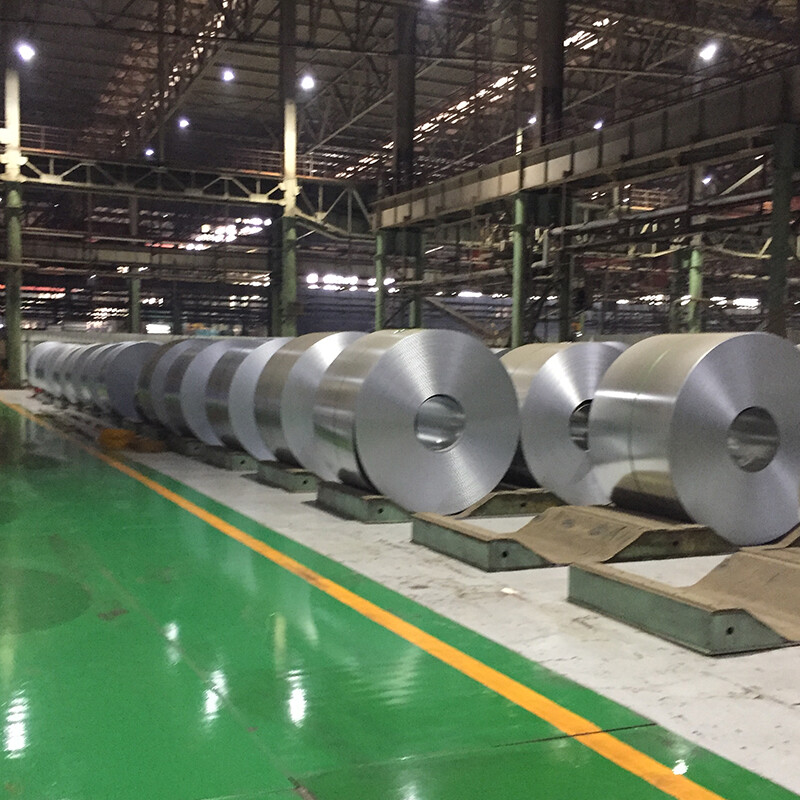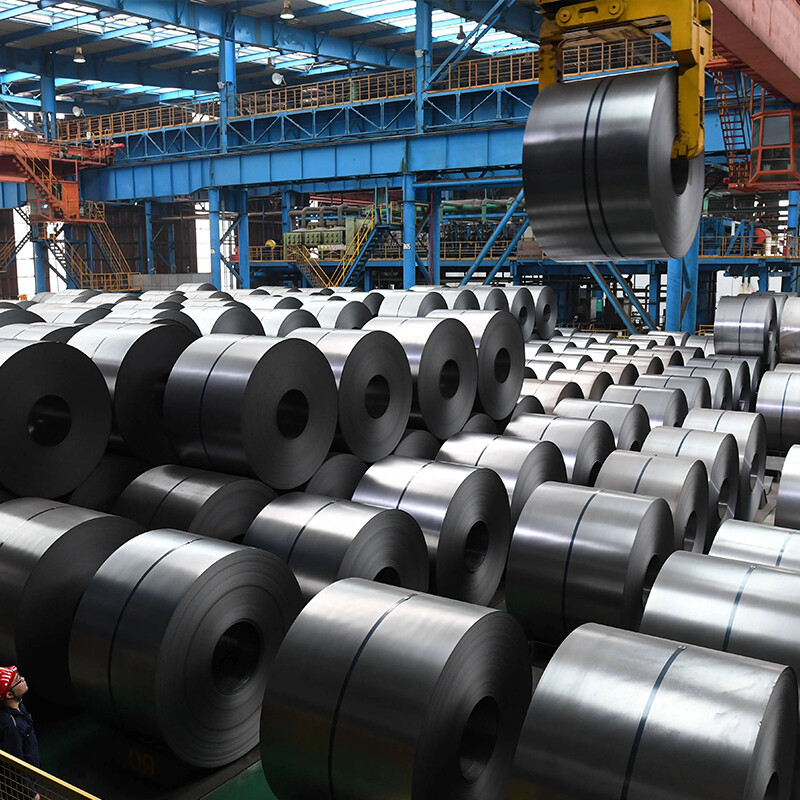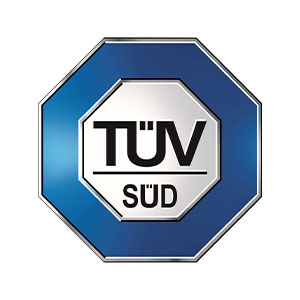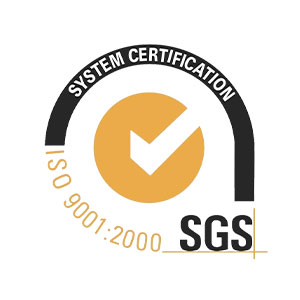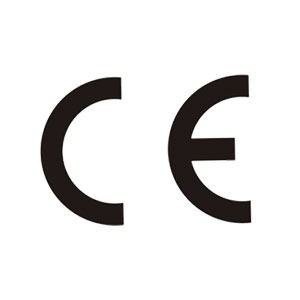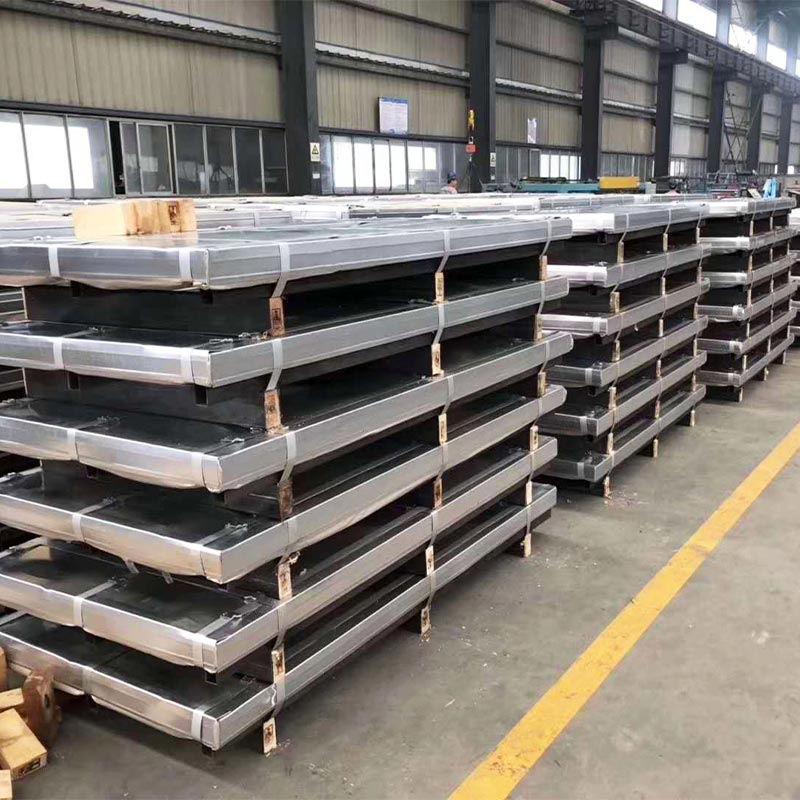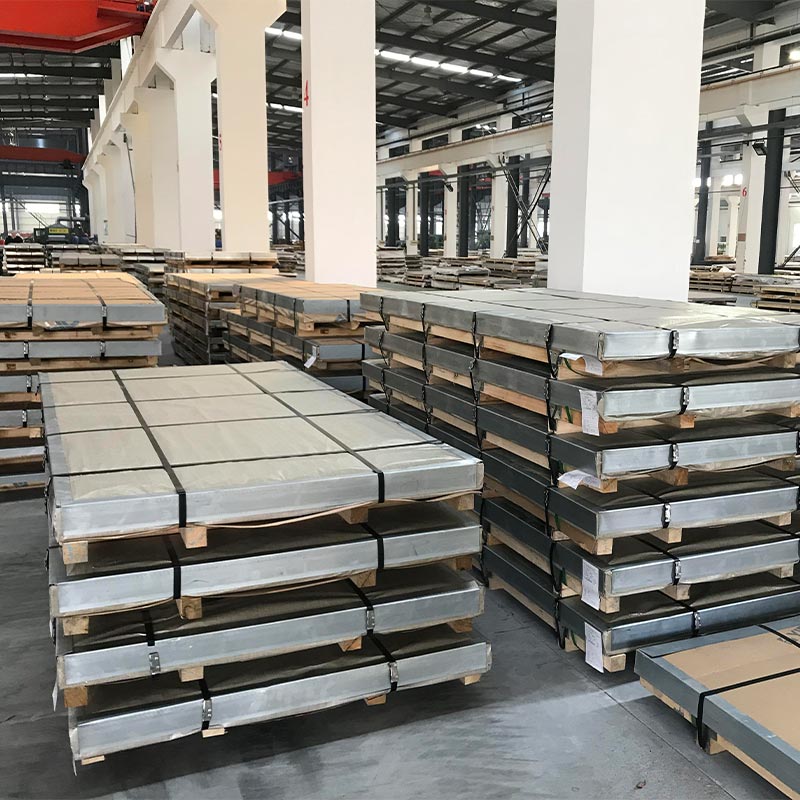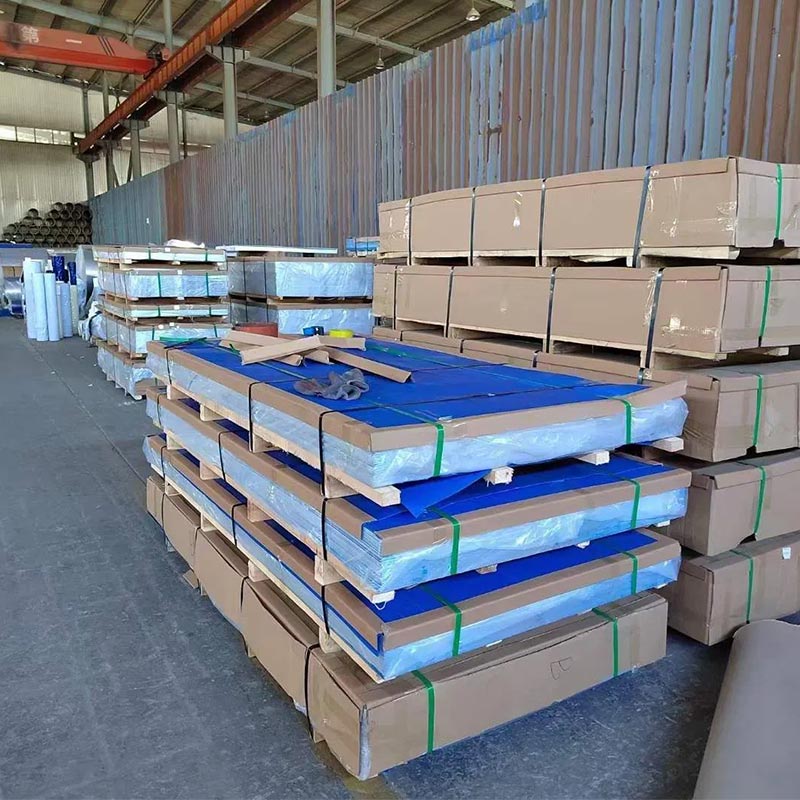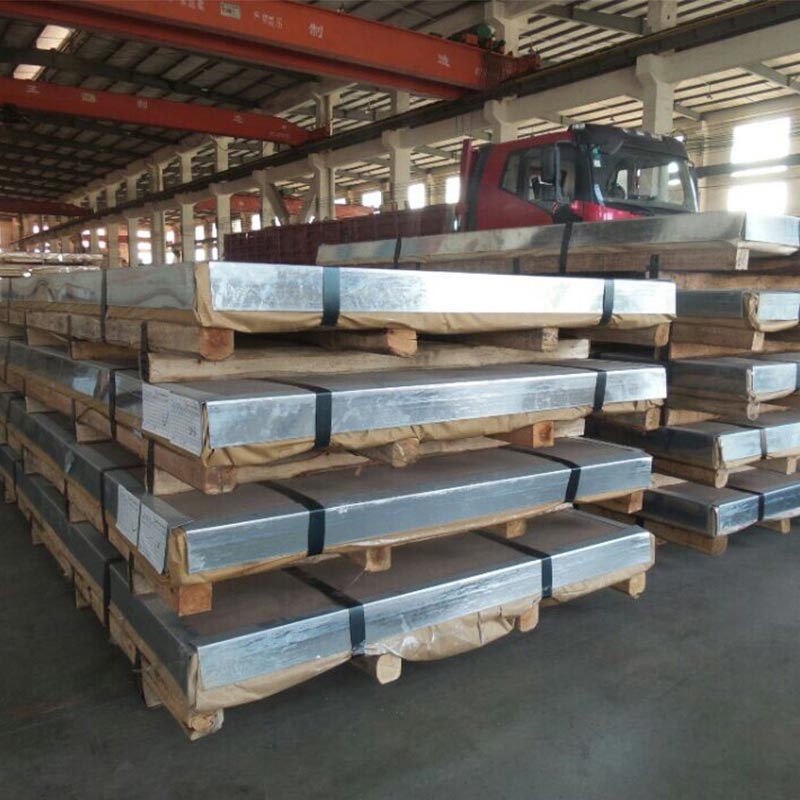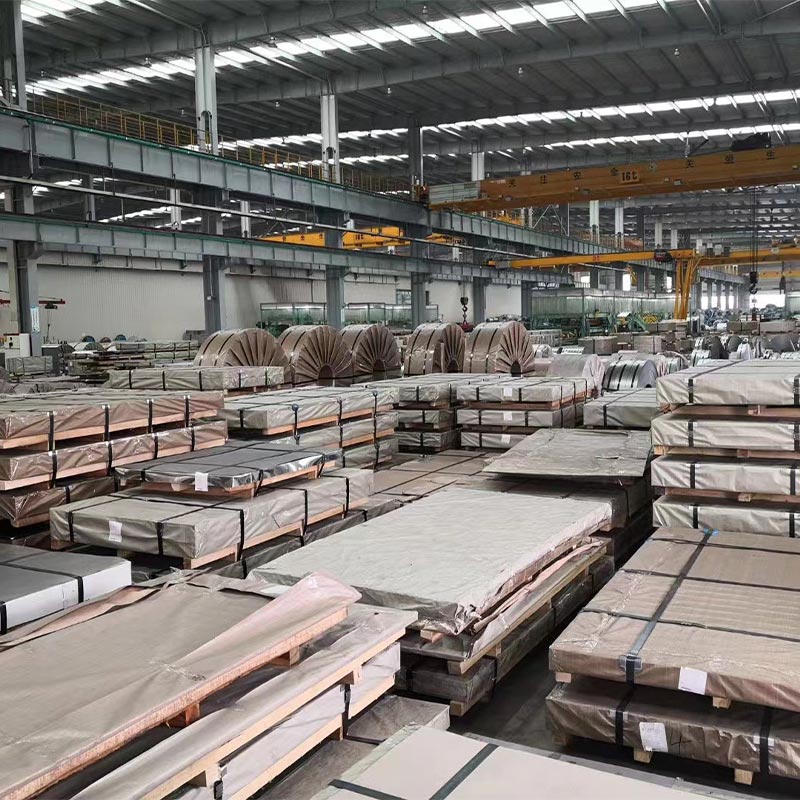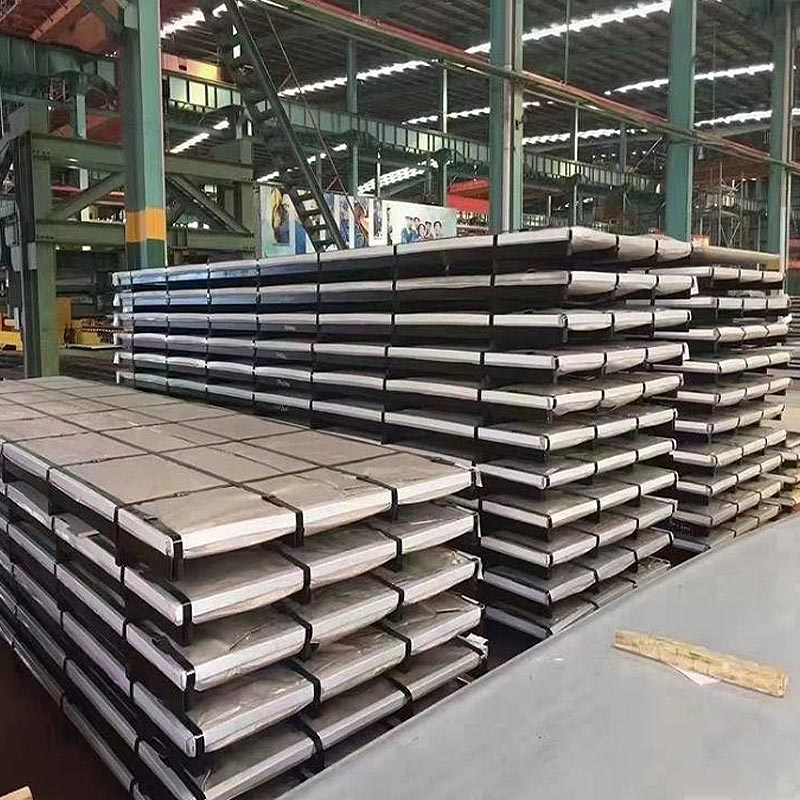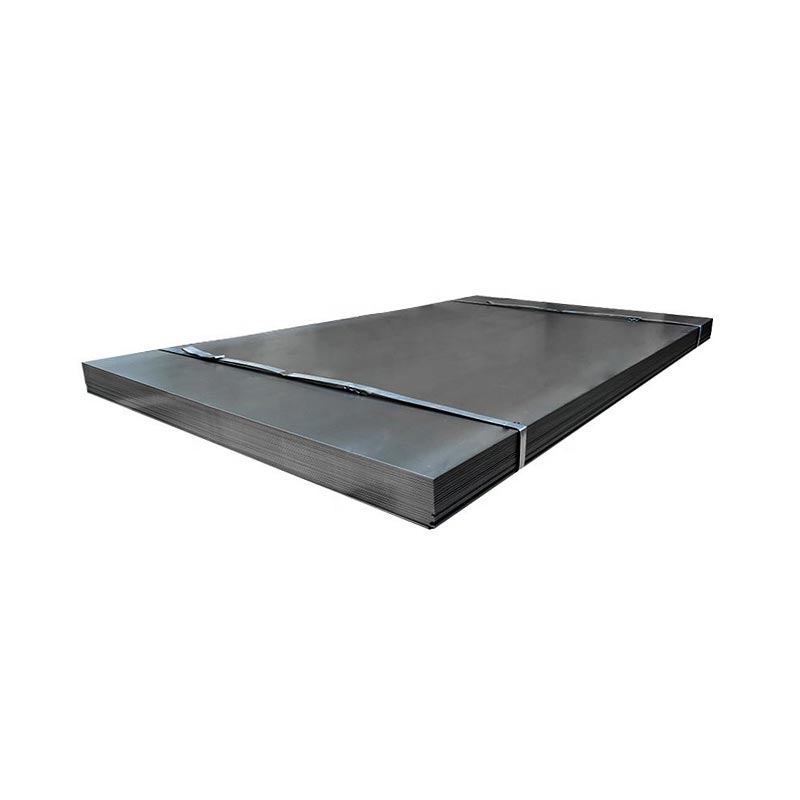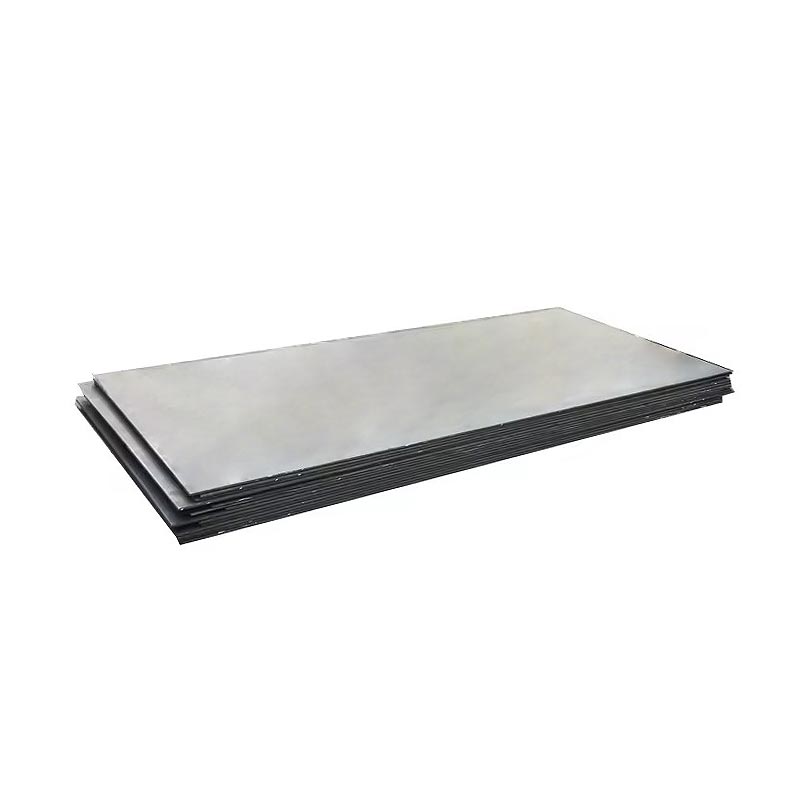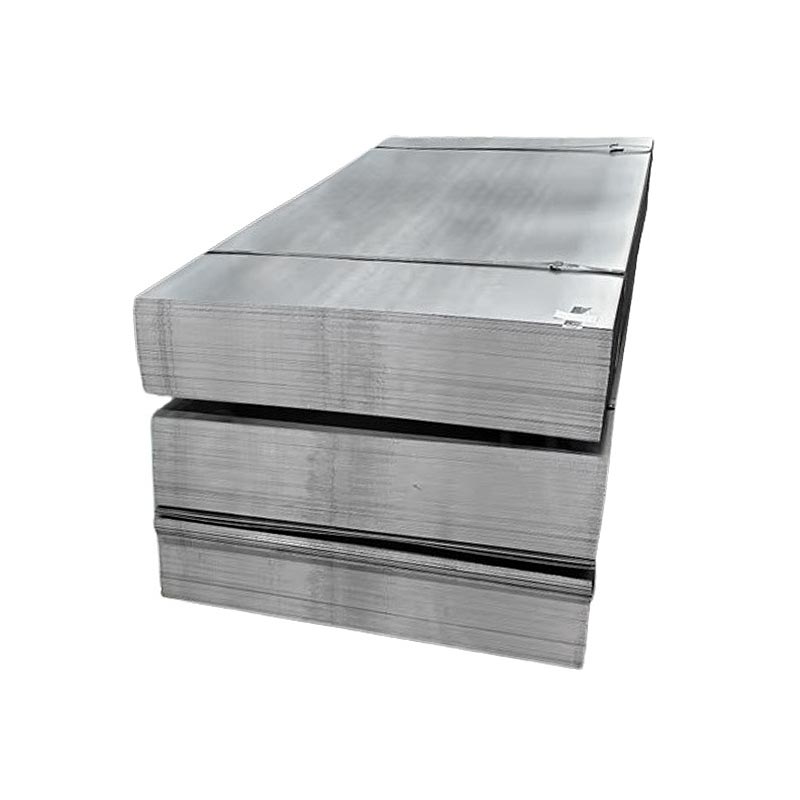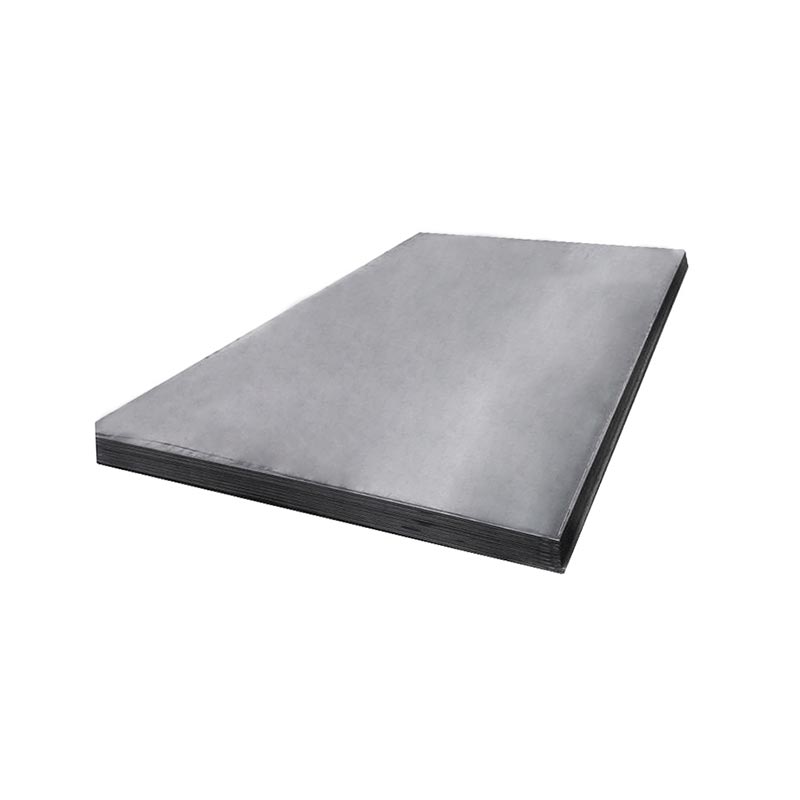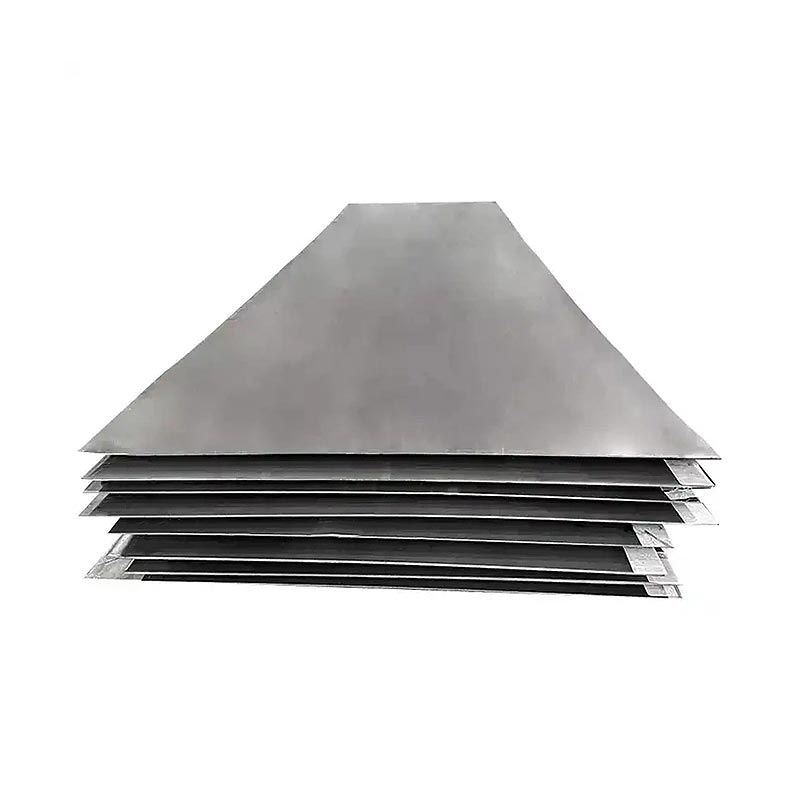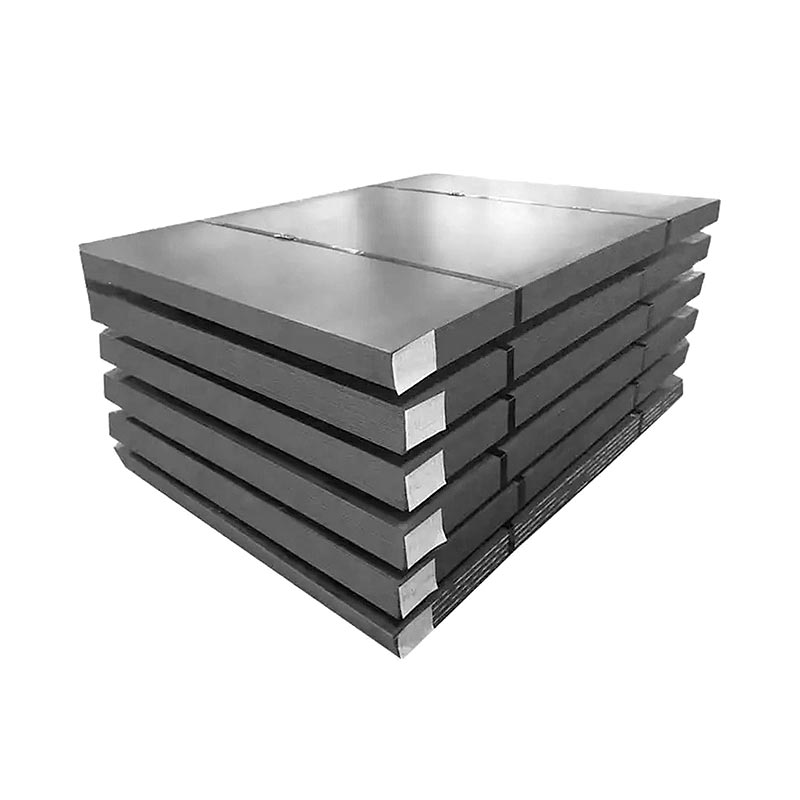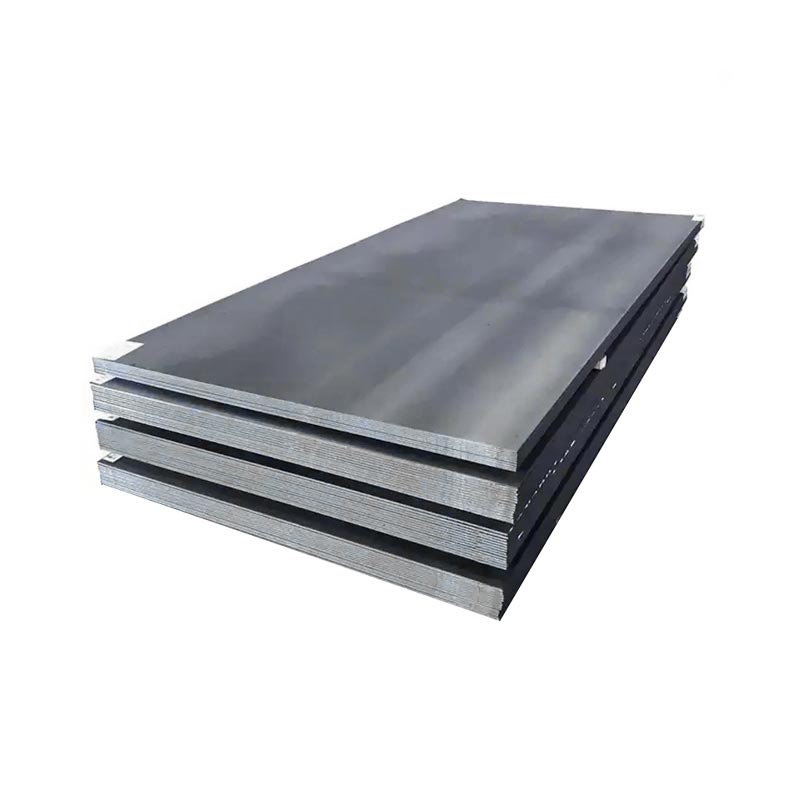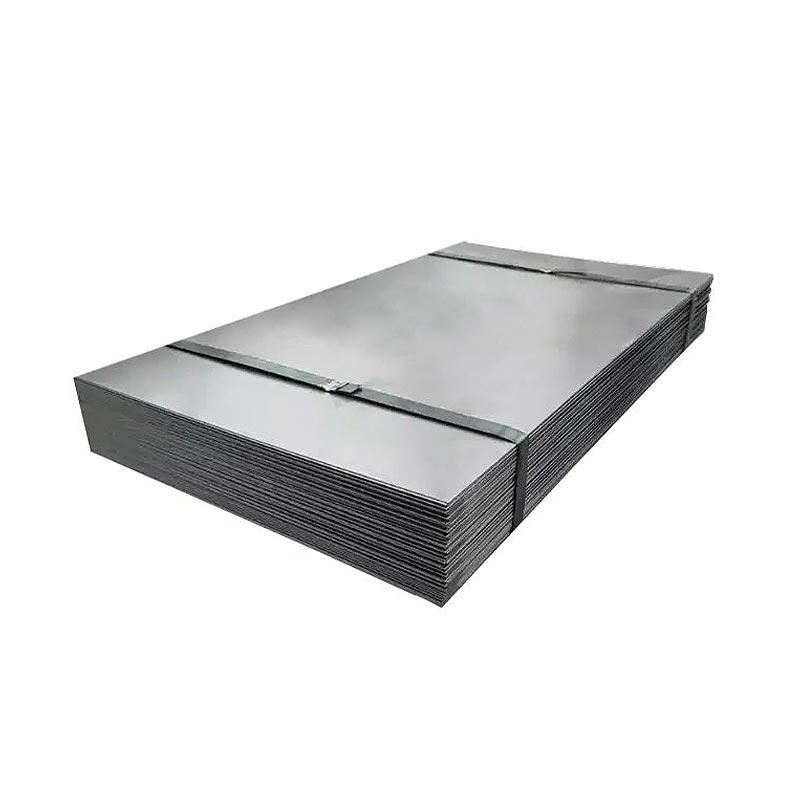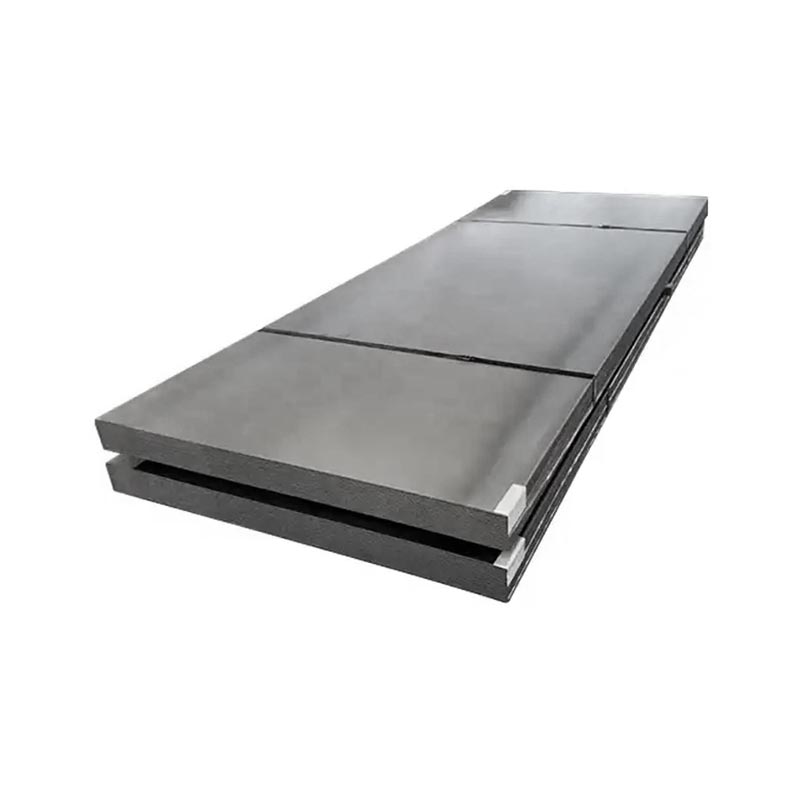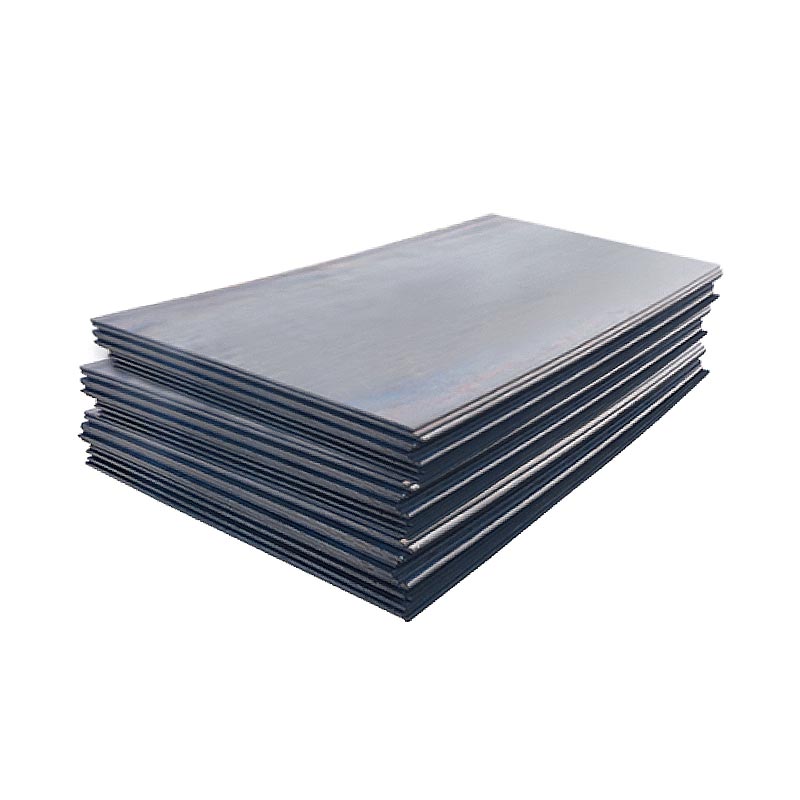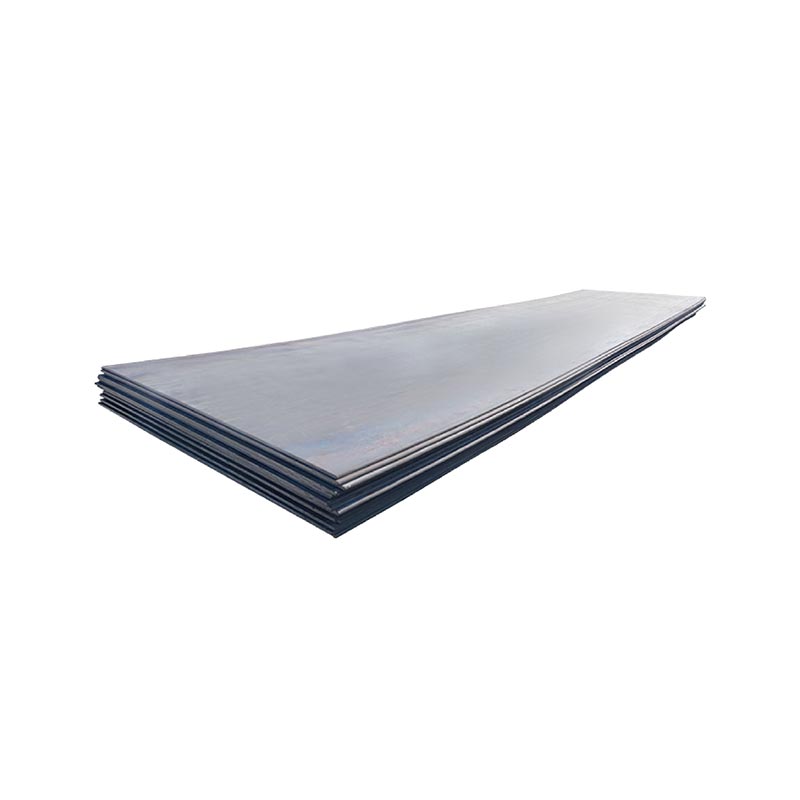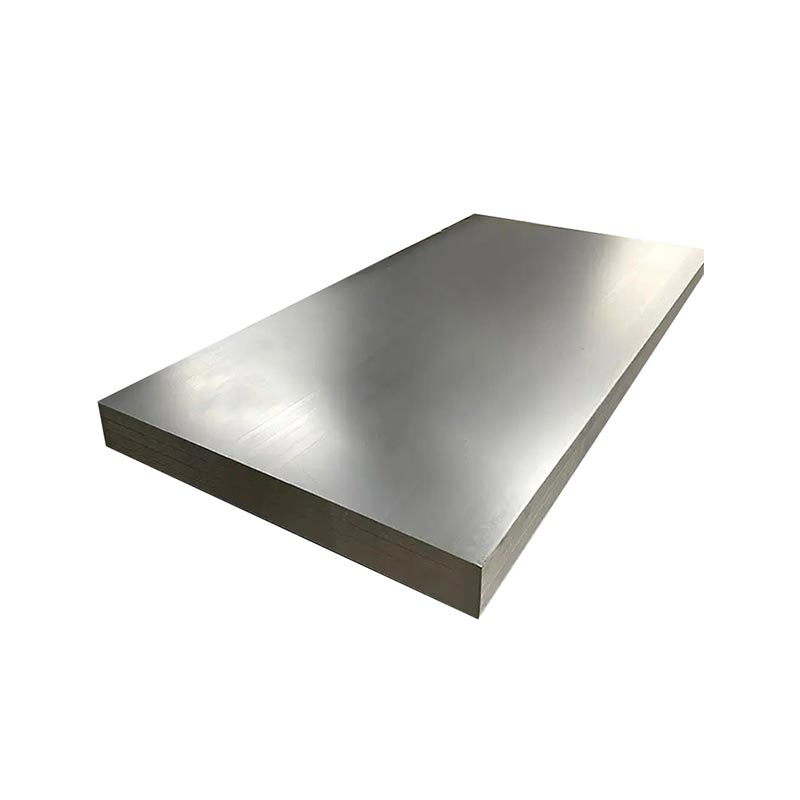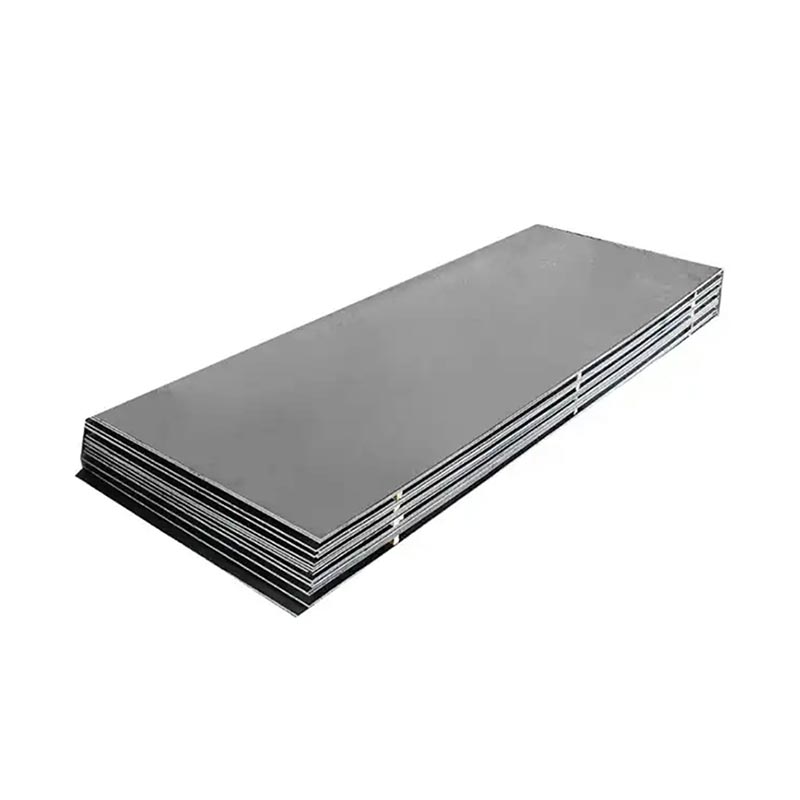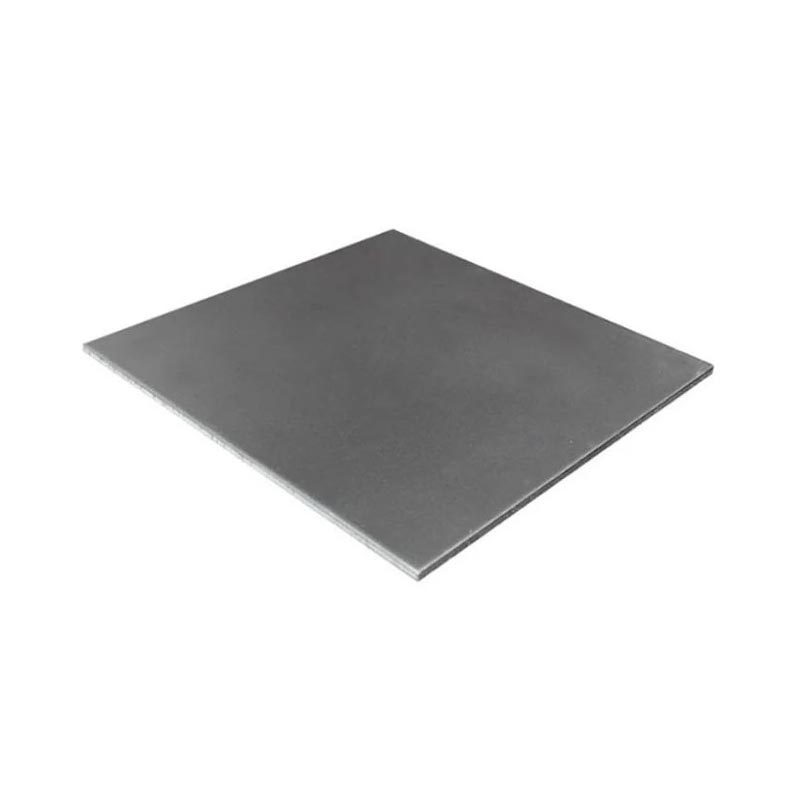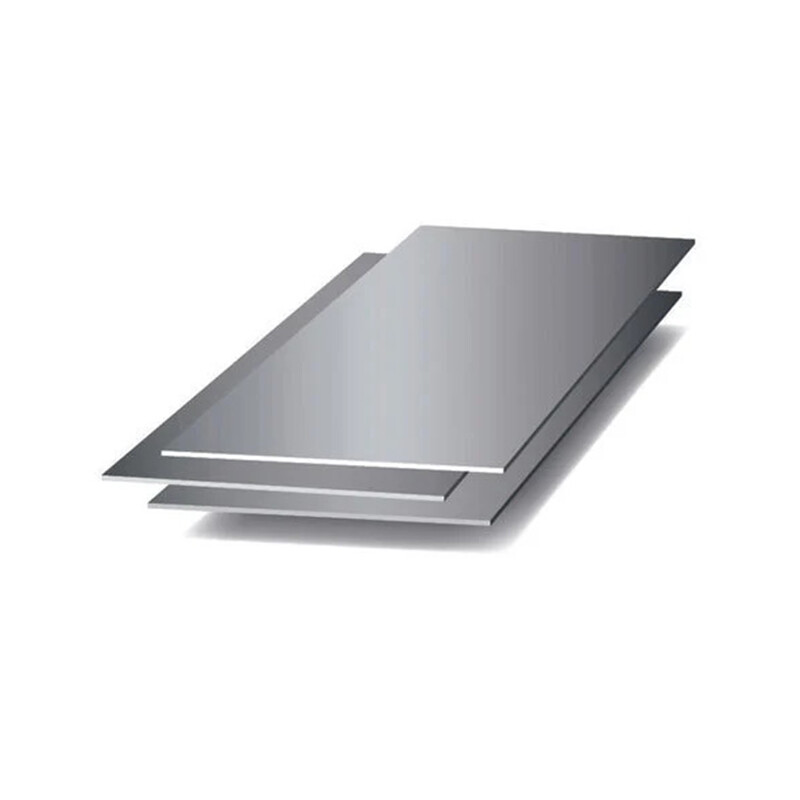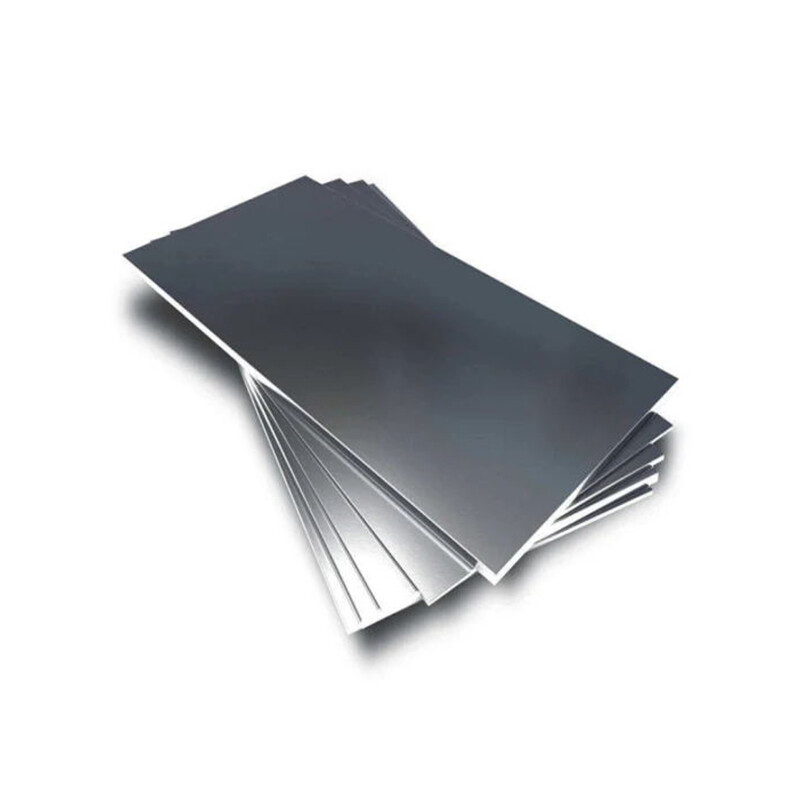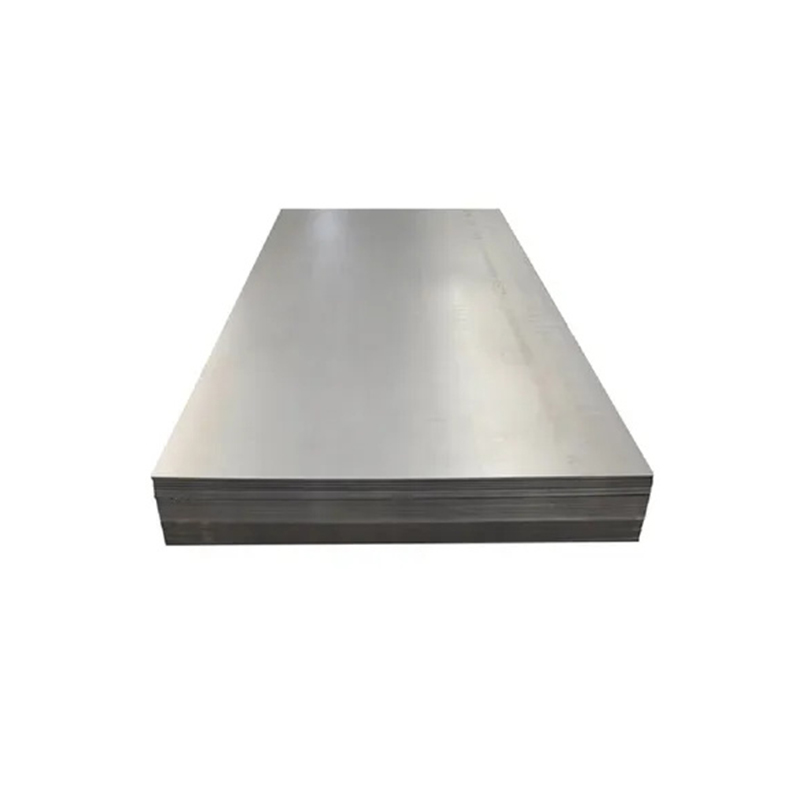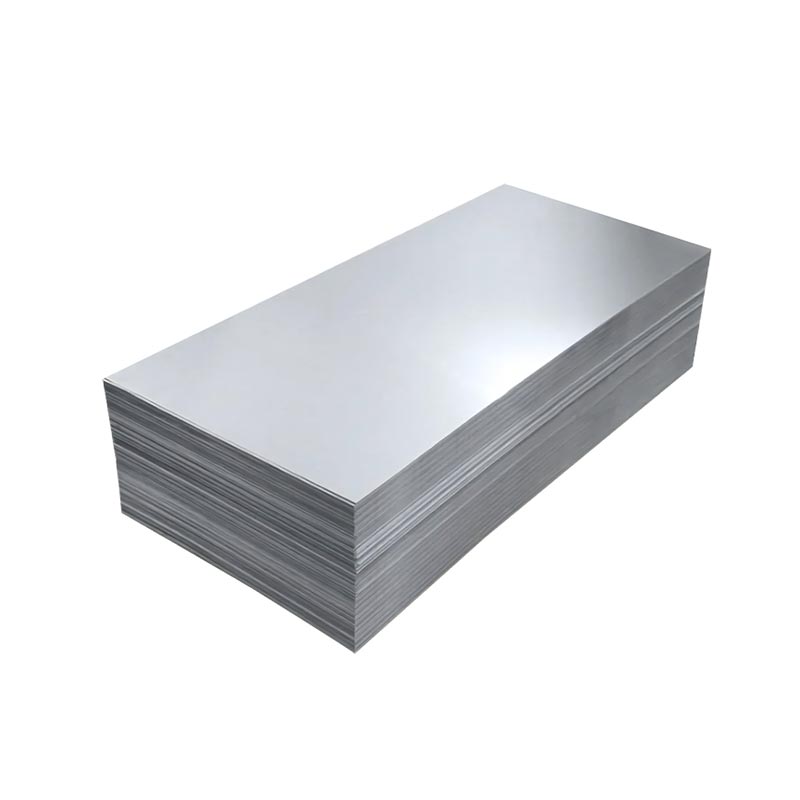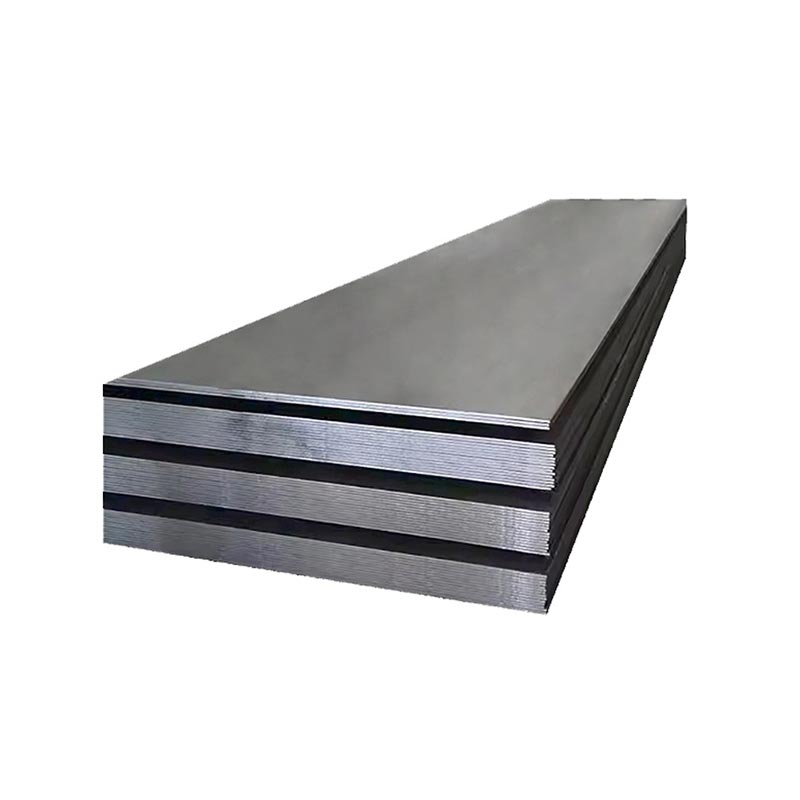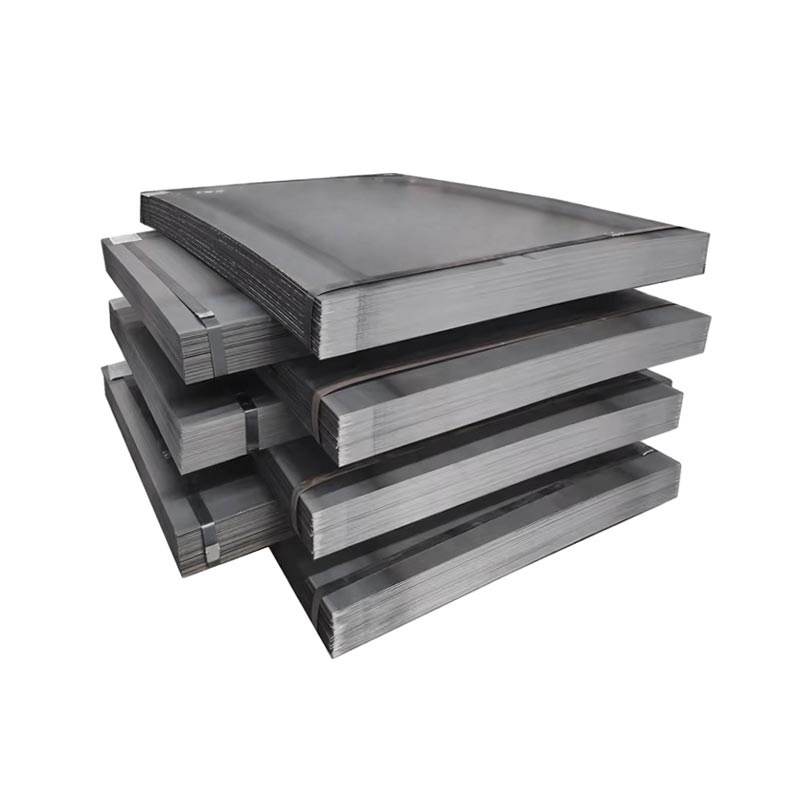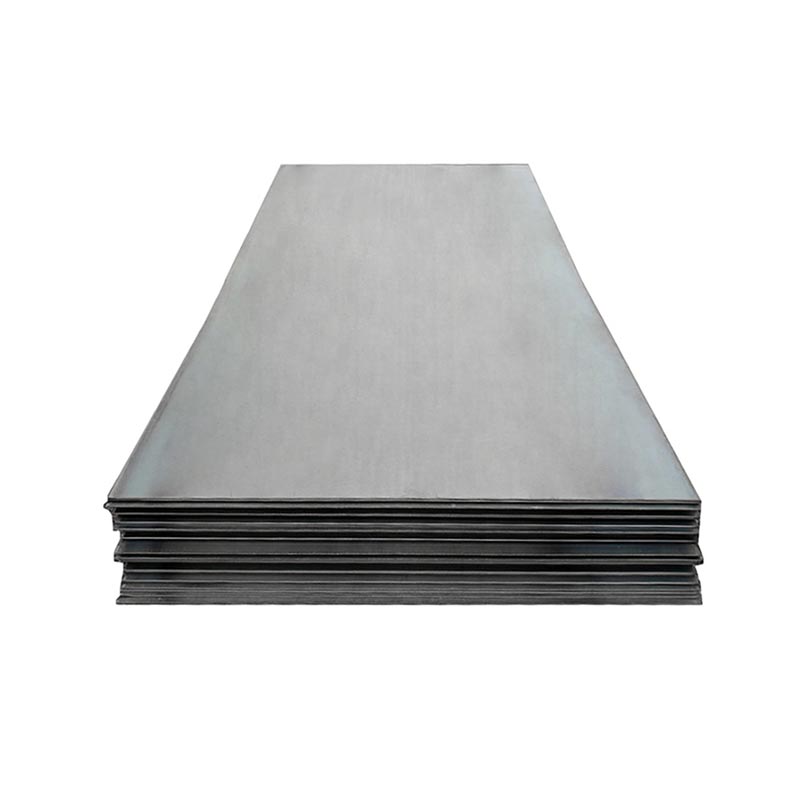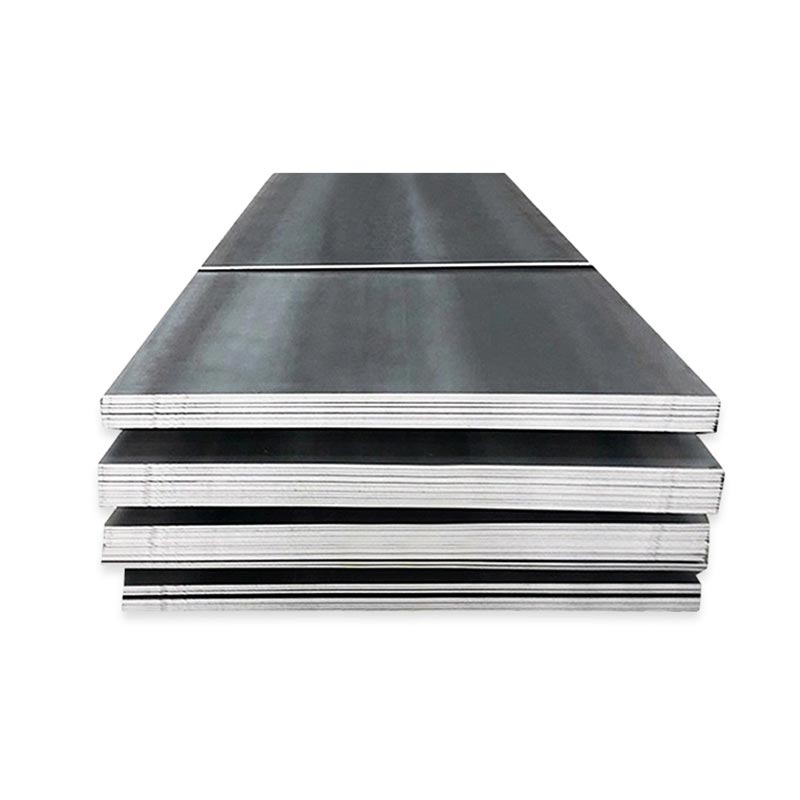Carbon Steel Coil
● A carbon steel coil is a continuous, rolled sheet of carbon steel (iron-carbon alloy) wound into a coil shape. Classified by carbon content (low, medium, high), it balances formability, strength, and cost.
● Low-carbon coils (e.g., A36) offer ductility and weldability, ideal for automotive parts or construction. Medium-carbon variants provide higher strength, used in machinery. High-carbon types are hard but less flexible, suited for tools.
● Available in various thicknesses and widths, these coils are unrolled for cutting, stamping, or forming. Common in manufacturing, construction, and metalworking, they serve as raw material for pipes, panels, and structural components.
View Video
4135/4140/4145 SAE/AISI 4000 Series Alloy Steel
4135, 4140, 4145 are SAE/AISI 4000-series alloy steels, primarily alloyed with chromium and molybdenum. 4140 is the most common, offering balanced strength, toughness, and hardenability. 4135 has slightly lower carbon, enhancing weldability. 4145, with higher carbon, boasts greater strength. All excel in heat treatment, used in shafts, gears, and structural parts requiring durability under high stress.
Get A Quick Quote!
You Can Leave Us A Message
or Send Us An Email!
Product Details
Product Parameters
Packaging and Transportation
Related Products
Leave Us Message
Please give us a message
What are you lookking for?

